|
Oral Health
Less than half of all 2 and 3-year olds in California (even fewer from low-income families) have ever seen a dentist, as recommended. Check out our
WIC Can Help
page to learn more about
WIC's critical role
in promoting oral health for all families and referral resources like
Denti-Cal
. It was great to see the Denti-Cal program in CWA's 2018 Trade Show!
|
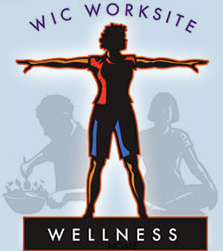
More Well WIC Worksites On Board!
|
Shopping at Amazon?
Support CWA without spending anything extra by using
AmazonSmile!
|
Did someone share this with you? Sign up here to get the CWA Flash directly!
|
|
 |
|
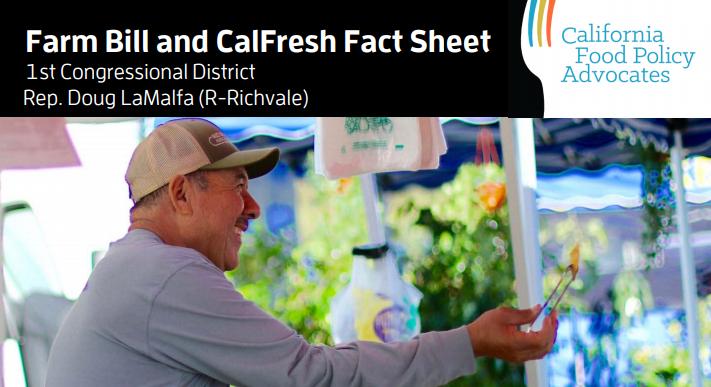
Farm Bill Votes Expected
A full House vote on the Farm Bill is expected as early as this week, as efforts are underway to round up votes. The House version includes several provisions that will cut off eligible participants, and undo many gains SNAP benefits and the program infrastructure have had on
poverty prevention
. One provision would
impact
categorical eligibility
, which enables participation in needs-based food assistance programs. These changes are estimated to impact
36,752 to 126,035 California households
below 200% of the federal poverty level. A majority of these are working families and with children.
A Senate version is in the works, with expectations of a bi-partisan approach. ACTION:Call today,
National Call-In Day
,
1-888-398-8702,
and urge a No Vote on HR2. Check
here
for more details regarding expected impacts.
|

WIC Appropriations Update
This week legislators will begin debate on 12 appropriations bills. Some bills are ready for consideration by the House Appropriations full committee and others are in subcommittee. WIC fiscal year 2019 funding will be discussed this Wed. May 9 in the House Appropriations
Subcommittee on Agriculture
. ACTION: Listen to the
House hearing
at 1pm PT, May 9.
|

Census Controversies
A recent order by the Trump Administration to include a
citizenship question
in the decennial 2020 census has raised a number of concerns that the question could reduce census participation and result in inaccurate representation of immigrant communities, create an imbalance of future funding decisions which use census data for state and program funding, and shift federal representation in Congress. A citizenship question last appeared in the
census in 1950
, but other surveys, including the American Community Survey include citizenship questions. The census,
constitutionally mandated,
is studied and evaluated by social scientists who make recommendations for improvements. In addition to the citizenship question, other collection and methodology changes could impact the number of participants and quality of the data.
ACTION:
Read this
brief overview of potential changes
in the data collection process and the complexities of data collection, and about some
predicted impacts
on both red and blue states of the citizenship question.
|
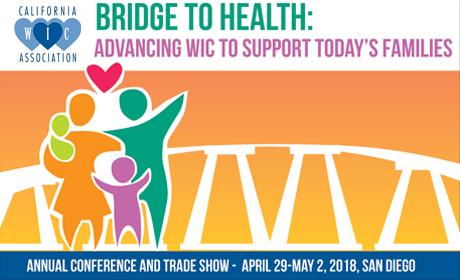
Another Successful CWA Conference for the Books!
We had a great time last week at our 26th Annual Conference,
Bridge to Health: Advancing WIC to Support Today's Families
. Over 900 attendees pushed hard from dawn to evening, learning from expert presentations on over 30 topics, ranging from early feeding and employee wellness to immigrant policy and tech innovations. Attendees were constantly networking and still fitting in wellness activities despite unseasonably cool weather. The trade show buzzed with activity as local agency staff interacted with nearly 60 industry and nonprofit exhibitors. WIC teams from around the state came together for some healthy competition in our eWIC Go! Scavenger hunt. We welcomed our colleagues from sister organizations to learn beside us. Our thanks to everyone for this team effort to support our professional development and learning.
ACTION:
Check out the photos and videos on
CWA's Facebook page
and
Instagram
. Download
conference presentations
through June. Mark your calendars for next year's conference: April 28-May 2, 2019 in San Diego!
|
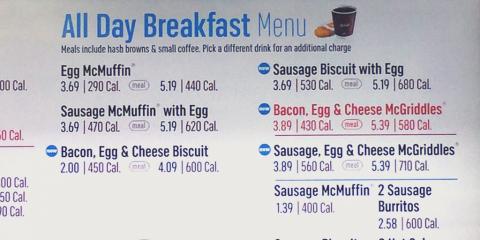
Calorie Labelling Law Goes Into Effect
Eight years after the passage of the national menu labeling law included in the Affordable Care Act,
calorie counts became mandatory
on menus and menu boards, and for food on display in chain restaurants, supermarkets, convenience stores, and movie theaters this week.
Californians probably won't see major changes, as it passed a state-wide menu labeling law in 2008, and more than 20 states, counties, and cities have also already enacted menu labeling policies. In addition to chain restaurants, the law also requires calorie labeling on more than 99 percent of the nation's five to six million vending machines, which went into effect on December 1, 2016. The full impact of menu labeling will be clearer once the national menu labeling policy goes into full effect. A recent review of nearly 30 studies from the well-respected Cochrane Collaboration found that menu labeling helps people reduce their calories by about 50 calories per meal, on average. Menu labeling also has been shown to spur restaurants to reduce the calories in their foods.
|
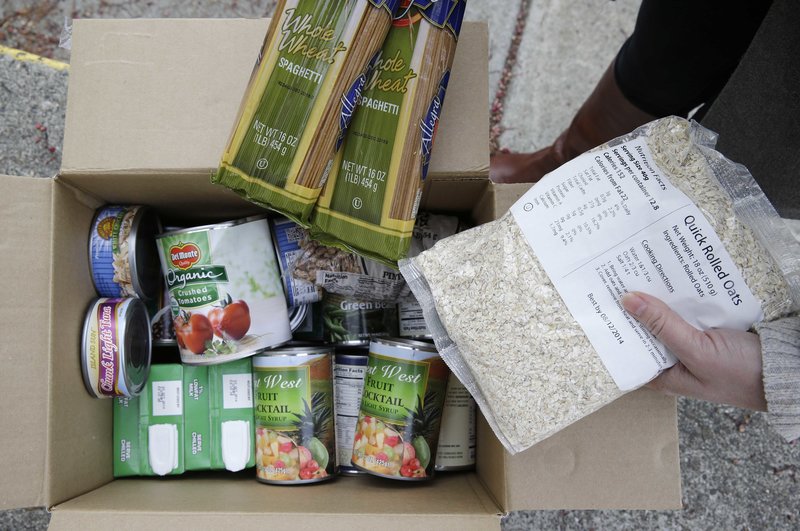
Efforts to Increase CA SNAP Participation
Millions of low-income Californians
eligible for food stamps (known as CalFresh) are not receiving
the benefit, earning the state one of the lowest rankings in the nation for its participation in the program. Only Utah, North Dakota and Wyoming have lower rates of participation, according to
federal data
released this year. Meanwhile, California is among the leaders on enrollment in Medi-Cal, the state's version of Medicaid, which also serves people living in low-income households. The reasons for California's low participation rate aren't clear, but experts suggest historically poor customer service and a bulky bureaucracy have something to do with it. About 4.1 million Californians, or 70 percent of those eligible, are enrolled in CalFresh, compared to 83 percent nationally. Yet according to a
2016 report
, more than
90 percent
of those eligible are enrolled in Medi-Cal. To address this gap between food assistance and medical assistance, California has begun leveraging its vast pool of new Medi-Cal beneficiaries to boost enrollment in CalFresh. Officials at CalFresh are building upon relationships between county welfare departments and new Medi-Cal enrollees, using electronic records on Medicaid recipients to identify food stamp candidates and then are guiding them through the enrollment process. Kudos to CA's CalFresh program which is working to understand enrollment data and the complexities of improving linkages between programs.
|
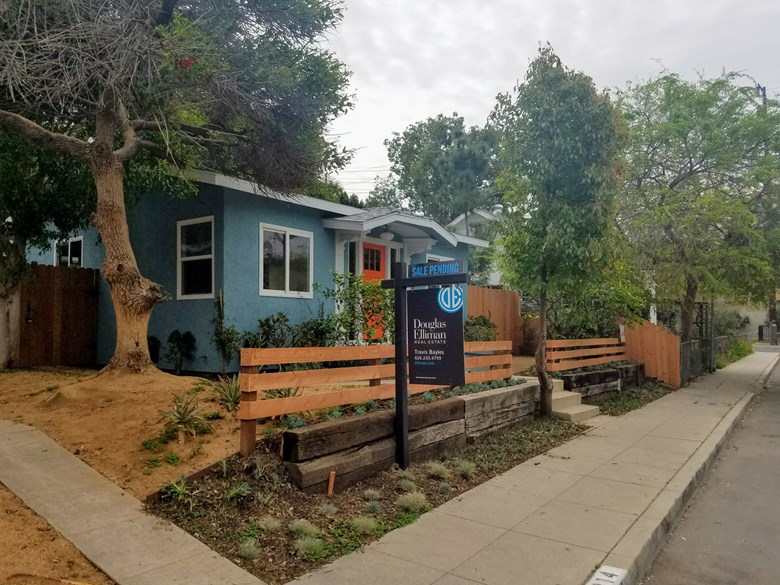
California Dreamin'?
The Golden State is not an easy place to live when it comes to quality of life, or just making ends meet. It wasn't always this way, when, in the mid-1900's millions of hopeful people moved to our popular state. Now with multiple challenges including a crisis in housing costs and availability, income inequality, a decline in income mobility and resulting shrinking middle class, and high rates of poverty, a very complex reality is calling for new solutions. A joint project of Capital Public Radio, KQED, KPCC, KPBS and CALmatters provides a series of stories and reports on the California Dream or listen to a story on why housing is so expensive in CA. San Diego Housing Federation also provided an excellent presentation on housing issues at our recent annual conference.
|

Higher Caffeine Consumption During Pregnancy May Increase Risk of Obesity for Children
Consuming caffeine during pregnancy
may increase the risk for obesity
in childhood, researchers report. A
Norwegian study
involved 50,943 mother-infant pairs. The mothers reported their caffeine intake at 22 weeks of pregnancy, and the researchers followed their children over the next eight years. After adjusting for other variables, the scientists found that compared with the children of women who consumed less than 50 milligrams of caffeine a day, those whose mothers had 50 to 199 milligrams were only slightly more likely to be overweight at ages 3 through 8 years. But children whose mothers had 200 to 299 milligrams a day were 12 to 17 percent more likely to be overweight through age 5, and those whose mothers consumed more than 300 milligrams a day - two to three cups - were 29 to 44 percent more likely to be overweight or obese through age 8. The American College of Obstetrics and Gynecology recommends
no more than 200 milligrams
of caffeine a day during pregnancy.
|

Maternal Mortality Report: New for CA
In the early 2000s, when data indicated pregnancy-associated mortality was steadily increasing, CA Dept. of Public Health, CA Maternal Quality Care Collaborative and Public Health Institute, established the California Pregnancy-Associated Mortality Review (
CA-PAMR) multidisciplinary team. CA-PAMR developed a methodological approach to review a large number of maternal mortality cases and identified opportunities to improve the health outcomes of women during and after pregnancy. A
recent report
with data for 2002-07 provides insight into reducing mortality. Key findings indicate 41% of deaths were preventable, cardiovascular disease and co-morbidities of obesity and hypertension as leading causes, multiple contributing factors involving patients, providers and facilities, and disparate racial impacts particularly for African American women. Improved data collection, new care practices, and better understanding of social and economic factors are among the recommendations for improving care and reducing maternal mortality. Read the
report announcement
for more information.
|
WIC Participant and Program Characteristics
The USDA Food and Nutrition Service's
WIC Participant and Program Characteristics 2016 Final Report
summarizes the demographics of WIC participants nationwide. The report categorizes findings into six main topic areas: WIC enrollment and demographic characteristics of participants; income and poverty among WIC participants; nutritional risks assigned to WIC participants and the underlying blood chemistry and anthropometric measures related to those risks; risk priority levels assigned to WIC participants; breastfeeding initiation and duration rates among WIC infants and children; and characteristics of migrant participants.
|
 WIC Infant and Toddler Feeding Practices WIC Infant and Toddler Feeding Practices
Also new from USDA is the "
WIC Infant and Toddler Feeding Practices Study-2: Second Year Report
" (also known as the "Feeding My Baby" Study). This study captures data on caregivers and their children over the first 5 years of the child's life after WIC enrollment, and focuses on caregivers' employment, school, and childcare circumstances, as well as the feeding progressions, dietary intake, and weight status of children from birth through around 24 months. Key findings indicate that: WIC mothers are returning to school and work, and many are continuing to breastfeed while working; WIC children are making expected developmental progressions in self-feeding; WIC children are consuming a varied diet as they move through the second year of life, including fruits, vegetables, dairy, and meats and other proteins; WIC children have median nutrient intake levels that mostly meet or exceed recommended levels through the first 2 years of life. View the materials about this study from a presentation by Shannon Whaley of PHFE WIC at the recent CWA Annual Conference.
|
|
|